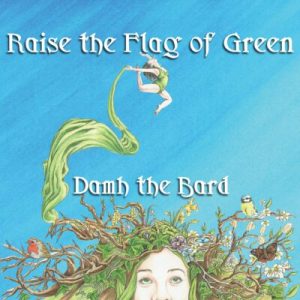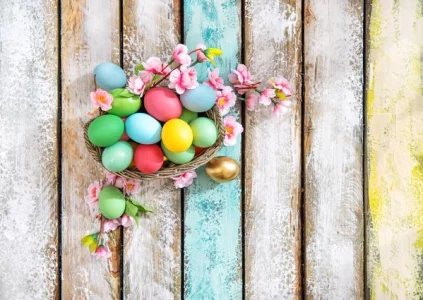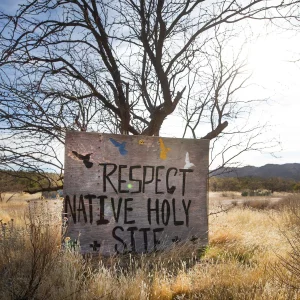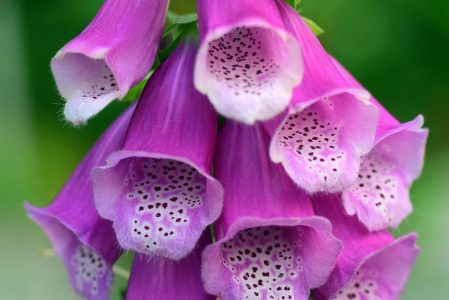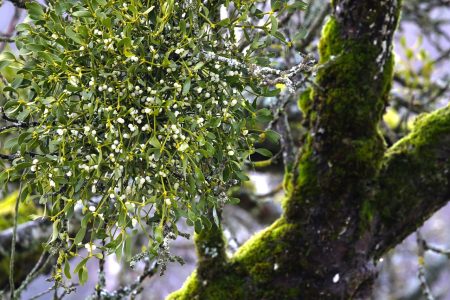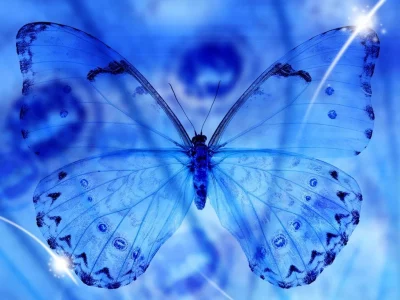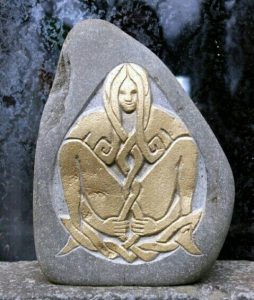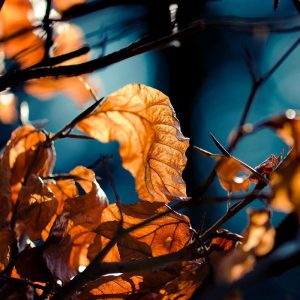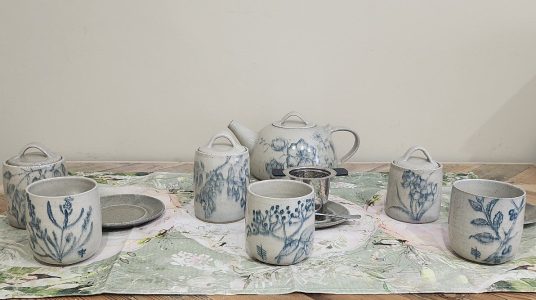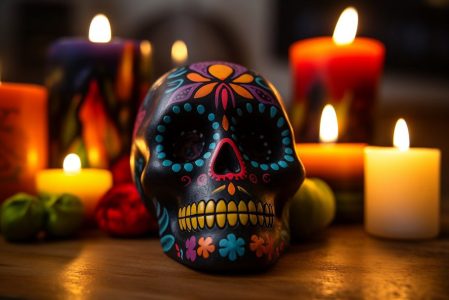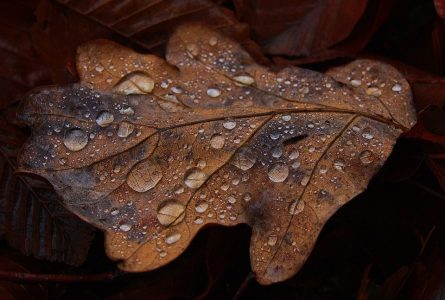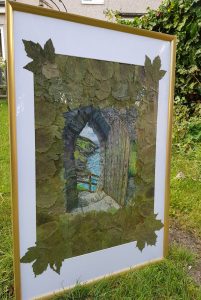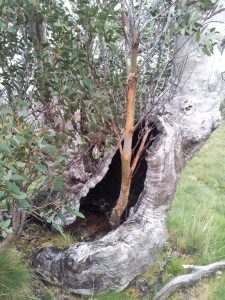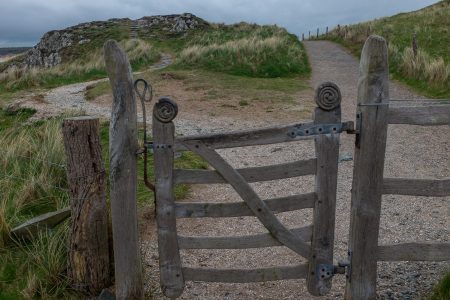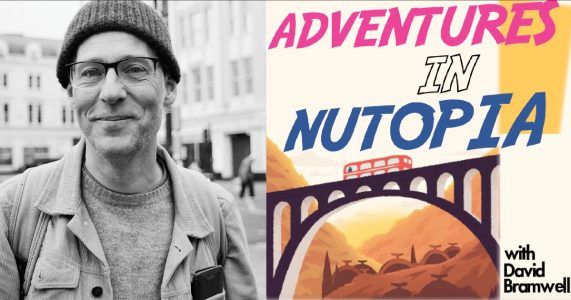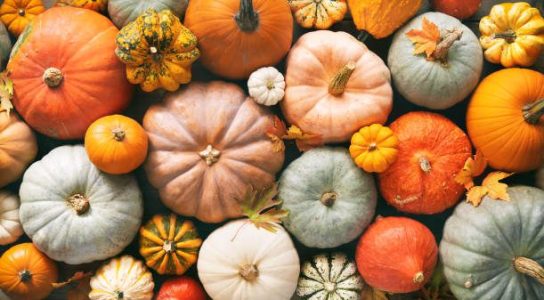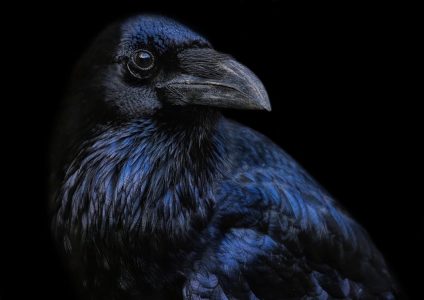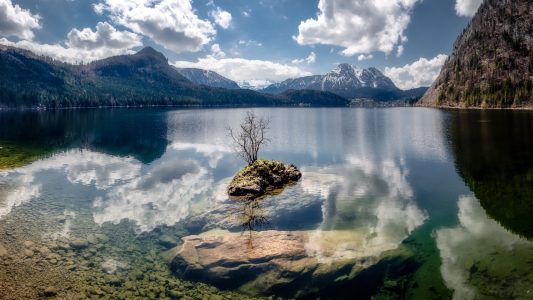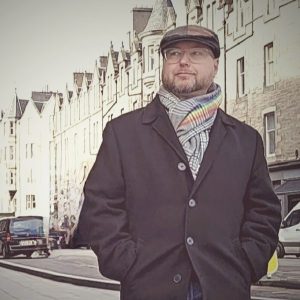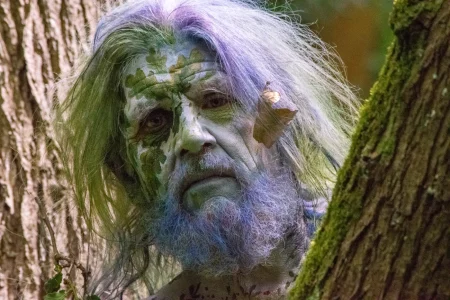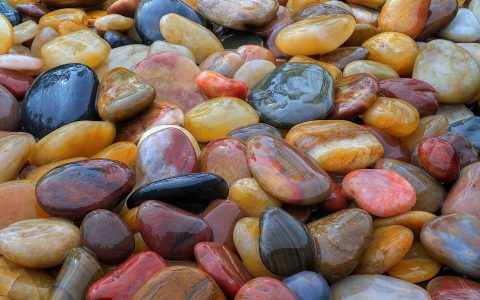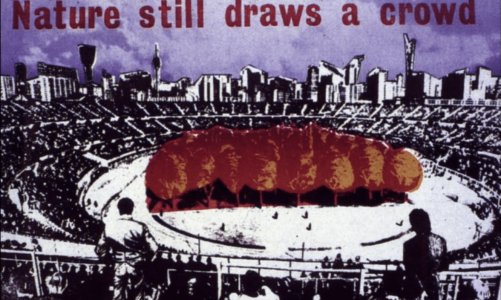- Blog
Greetings my friends My blog has been quiet recently as I ve had my head down getting things all wrapped up on the new album The good news is that it is finished and has been sent off to the disc manufacturers and also uploaded to all of the download...
- Blog
Some thoughts about the Spring Equinox from Maria Ede Weaving The Goddess I personally associated with the Spring Equinox is the Anglo Saxon Eostre Although she is historically obscured by the mists of time something about her has always drawn me For me she is the spring maiden of vibrant...
- Sacred Sites
by Tim Billbrough Introduction Druids scattered across the globe outside of the ancient Celtic homelands often find solace and spiritual connection in ancient and sacred sites in their own locales These sites often tied to indigenous cultures carry an immense historical and cultural significance However with this privilege of accessing...
- Miscellaneous
by Briana Hilton The recent opening of a landscaped garden with symbolic features was marked with a Druid dedication highlighting the historic relationship between Druidry and nature that is still celebrated to this day Whether they are designing and cultivating formal gardens or communing with nature in forests and other...
- Blog
I am still feeling the afterglow of meeting up with so many wonderful members at the recent OBOD Winter Gathering that took place on Saturday 2 December 2023 It is always such a delight to spend time with my fellow OBODies Traditionally we have held our Gatherings at the Town...
- Blog
by Maria Ede Weaving from her Blog A Druid Thurible Change whether it appears to come unexpectedly from outside forces or from the efforts of our own willpower is undoubtedly the catalyst to any transformative journey One of the central lessons of my own life has been the challenge to...
- Gods and Goddesses
by Dr Jamie Ramsey I love Sheela na gig I recall when I first met her in Scotland during my 20s as my mother gifted me a ceramic necklace of her She was fascinating Ghastly and gorgeous my image had a stark face big sagging breasts with a third nipple...
- Blog
by Damh the Bard reposted from his Blog I ve had a difficult relationship with Autumn all of my life being a son of Summer and lover of Spring I never trusted Autumn because as it approached it had one hand behind its back holding Winter However this year has...
- Miscellaneous
by Andrew Fabian nbsp Introduction The Ogham Tea Ceremony combines elements from a traditional Japanese tea ceremony and aspects of Ogham divination The ceremony offers the participant a semi traditional tea ceremony whilst receiving an Ogham reading focusing on the past present and future In preparation for performing your Ogham...
- Blog
by Caroline Williams reposted from her Blog Druid Therapy ~ A Modern Journey Into Healing Weaving Modern Psychology With Ancient Wisdom nbsp The past is a great place and I don 8217 t want to erase it or to regret it but I don 8217 t want to be its...
- Blog
by Maria Ede Weaving Of all colours brown is the most satisfying ~Mary Webb Before my Pagan journey began for many years I hated the descent into winter as life retreated and the darkness and cold encroached my gloominess increased Pathologically blinkered against the beauty of winter for so long...
- Blog
Many Druids share a love of the North Cornish Coast and Tintagel Island This area of Cornwall with its dramatic landscape and mythological associations has a particularly magical atmosphere so we thought you would love this beautiful artwork by Craig Rossi It depicts a gateway in Tintagel Castle and is...
- Sacred Sites
by Jude Neeme Samson For many years I have undertaken journeys to places that have touched my soul and spirit When I was young in Southern Africa I walked up Mount Aux Sources visited God s Window and watched fish eagles on the waters of the Okavango swamp They all...
- Blog
A Tall Standing Stone near Castell Bryn Gwyn Many of you will already know about The British Pilgrimage Trust and might even have seen it s founders Guy and Will speak at the OBOD Gathering one year For those that don t know the Trust aims to promote pilgrimage in...
- Blog
by Caitlín Matthews reposted from her Blog ~ Soundings nbsp Over the last thirty years I ve invited all my shamanic students to include prayer in their lives regardless of whatever tradition they follow Why do I feel this important When we learn about spiritual healing of course we cannot...
- Blog
Listen here on Apple Podcasts Can we dream the future Is a world without capitalism possible What is hypnagogia What is the death and resurrection show Is a growth economy better described as cancerous Can drones heal us Does music sound better through the chin nbsp Adventures in Nutopia is...
- Blog
by Damh the Bard reposted from Damh s Blog For so much of my life I didn t really know you I looked through eyes that never really saw you and therefore you never really got to know me I walked on your green fields soft Downs and saw your...
- Blog
by Catriona McDonald reposted from her Blog A Druid s Well Turning and turning in the widening gyreThe falcon cannot hear the falconer Things fall apart the centre cannot hold Mere anarchy is loosed upon the world The blood dimmed tide is loosed and everywhereThe ceremony of innocence is drowned...
- Blog
by Cerri Lee reposted from Cerri s Blog Yesterday a crow followed me home from the allotment it flew low over my head and landed on the guttering of the bungalow not five feet from my door apparently to take a drink I thought he would fly off as soon...
- Blog
by Maria Ede Weaving reposted from her Blog A Druid Thurible nbsp September is one of my favourite months Here in the UK the frenetic growth of spring and summer has eased and a mellow fullness has taken its place the sunlight has both a clarity and golden softness to...
- Mount Haemus Lectures
- Blog
by John King reposted from his Blog Muddy Feet Meeting Nature on Nature s Terms ~ A Blog about a Druid living in the Oak woods of Ardnamurchan It was January and I was sitting in my meditation lodge as the rain battered down on the roof and the wind...
- Blog
by James Nichol a repost from his Blog Contemplative Inquiry This post looks at Animism as the guiding principal of my Druidry The term itself comes from nineteenth century anthropology and is somewhat problematic Scholars from European and North American backgrounds formed by a mix of Christian and secular ideas...
- Blog
